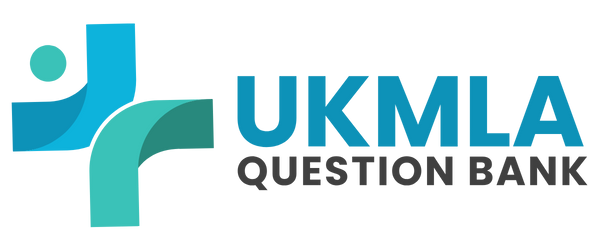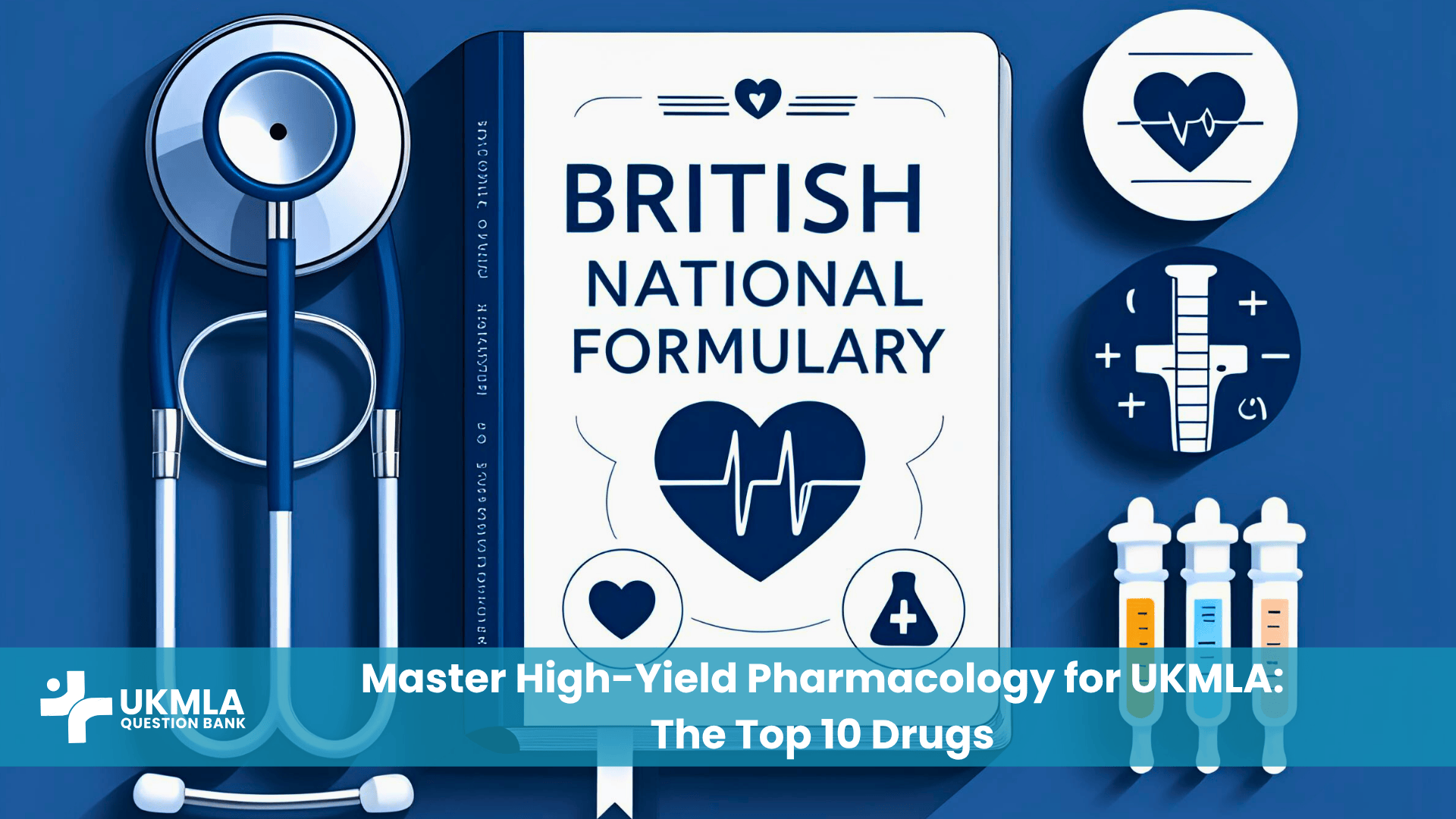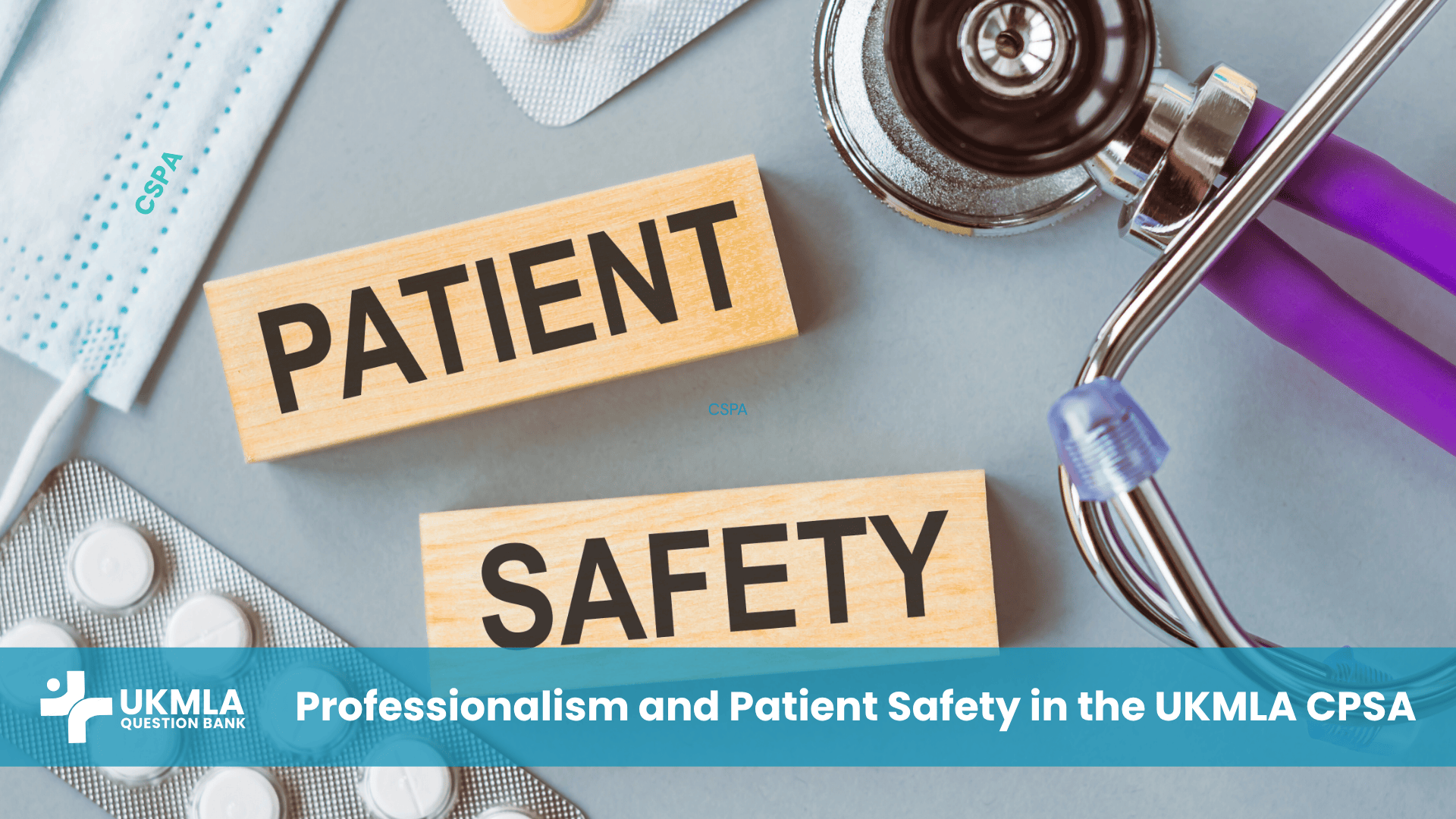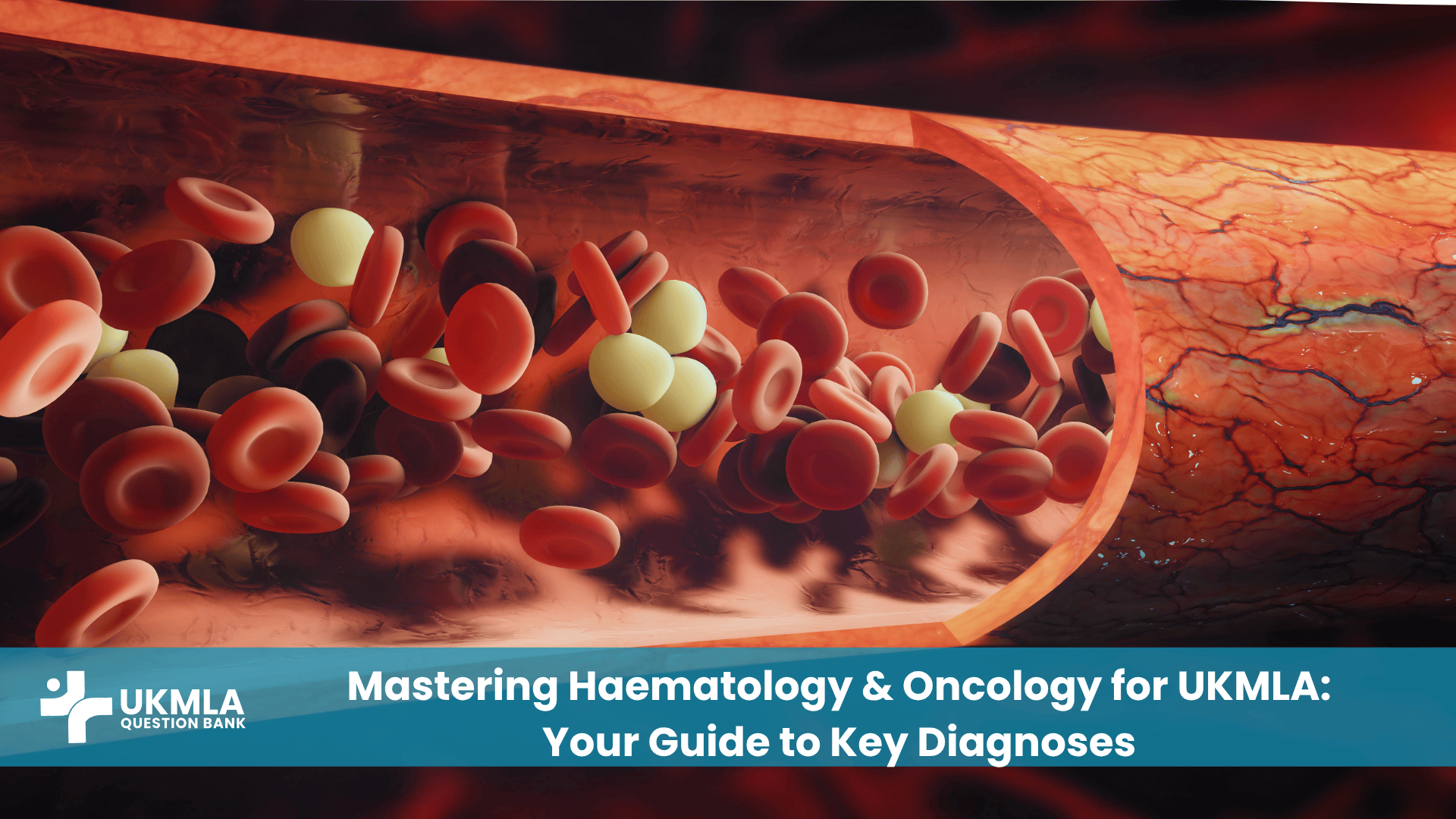Introduction
Mastering high-yield pharmacology for UKMLA is one of the most crucial steps you can take towards acing the Applied Knowledge Test (AKT). Pharmacology is a vast and often intimidating subject, but the UKMLA isn’t designed to test your encyclopedic knowledge of every drug in existence. Instead, it focuses on a far more important skill: your ability to prescribe common medications safely, effectively, and with a deep understanding of their core principles.
This guide is designed to be your essential roadmap to success. We will cut through the noise and focus on the core concepts and the top 10 most essential drug classes you are almost certain to encounter. By understanding these key areas, you’ll build the confidence to tackle any pharmacology-based SBA (Single Best Answer) question that comes your way.
Key Takeaways
Focus on Core Concepts and Key Drug Classes: Don’t try to memorize the entire BNF. Master the fundamentals of pharmacokinetics (what the body does to a drug) and pharmacodynamics (what a drug does to the body), and focus your revision on the top 10 most frequently tested drug classes.
Understand Mechanisms, Don’t Just List Side Effects: Knowing how a drug works (e.g., ACE inhibitors block angiotensin conversion) allows you to predict its effects, key side effects (like a dry cough), and major contraindications from first principles, which is more effective than rote learning.
Safe Prescribing is Paramount: The UKMLA will test your ability to prescribe safely. Before choosing any drug in a scenario, always mentally check the patient’s allergies, their renal and hepatic function, and any potential for serious drug interactions.
Identify High-Risk Drugs and Interactions: Pay special attention to drugs with a narrow therapeutic index (like Warfarin, Lithium, Digoxin) where monitoring is crucial. Also, know the major Cytochrome P450 inhibitors (e.g., Clarithromycin) and inducers (e.g., Rifampicin) as they are a common source of questions.
Use the BNF as Your Gold Standard: The British National Formulary is the single most important resource for any UK prescriber. Familiarize yourself with its structure and get into the habit of using it to check dosages and guidelines, as this is a core professional skill.
Core Pharmacology Concepts You Must Master
Before diving into specific drugs, you must have a rock-solid understanding of two fundamental concepts: pharmacokinetics and pharmacodynamics. These principles govern how every single drug works and are essential for safe prescribing.
Pharmacokinetics (ADME): What the Body Does to the Drug
Think of this as the journey a drug takes through the body. It’s neatly summarised by the acronym ADME:
Absorption: How the drug gets into the bloodstream. This is affected by the route of administration (e.g., IV is 100% absorbed, oral is variable) and factors like gut motility and pH.
Distribution: Where the drug goes in the body after absorption. This depends on things like lipid solubility and protein binding.
Metabolism: How the drug is chemically altered by the body, primarily in the liver. You must have a basic understanding of the Cytochrome P450 system, as this is the site of countless important drug interactions.
Excretion: How the drug is eliminated from the body, most commonly via the kidneys in urine. This is why renal function (e.g., eGFR) is critical when prescribing many drugs.
Pharmacodynamics: What the Drug Does to the Body
If pharmacokinetics is the journey, pharmacodynamics is the destination and the effect. It’s about how a drug interacts with its target (usually a receptor) to produce a clinical effect.
Agonists vs. Antagonists: An agonist binds to a receptor and activates it (e.g., salbutamol is a beta-2 agonist). An antagonist binds to a receptor and blocks it from being activated (e.g., bisoprolol is a beta-1 antagonist).
Therapeutic Index: This is a crucial safety concept. It’s a measure of how much a drug you can give before it becomes toxic, compared to the dose needed for it to be effective. Drugs with a narrow therapeutic index (e.g., lithium, digoxin, warfarin) are high-risk because a small increase in dose can lead to toxicity. These drugs require close monitoring.
Clinical Pearl: “Never prescribe a drug without considering the patient’s renal function (for excretion) and liver function (for metabolism). A normal dose for a healthy adult can be toxic in a patient with kidney or liver impairment.”
The Top 10 Drug Classes for High-Yield Pharmacology for UKMLA
The British National Formulary (BNF) is the gold-standard resource you will use as a doctor. You can learn more about its role and access options from the Royal Pharmaceutical Society one of its official publishers. For the UKMLA, focus on mastering these ten essential classes.
1. Cardiovascular Drugs (Statins & ACE Inhibitors)
Statins (e.g., Atorvastatin): Mechanism: Inhibit HMG-CoA reductase, reducing cholesterol synthesis. Indications: Primary and secondary prevention of cardiovascular disease. Major side effects: Myopathy (muscle pain), deranged LFTs.
ACE Inhibitors (e.g., Ramipril): Mechanism: Block the conversion of angiotensin I to angiotensin II. Indications: Hypertension, heart failure. Major side effects: Dry cough, angioedema, hyperkalaemia. Contraindicated in pregnancy.
2. Diuretics (Loop, Thiazide, & Potassium-Sparing)
Loop Diuretics (e.g., Furosemide): Mechanism: Inhibit the Na-K-2Cl cotransporter in the thick ascending loop of Henle. Indications: Pulmonary oedema, heart failure. Major side effects: Hypokalaemia, dehydration, ototoxicity.
Thiazide Diuretics (e.g., Indapamide): Mechanism: Inhibit the Na-Cl transporter in the distal convoluted tubule. Indications: Hypertension. Major side effects: Hyponatraemia, hypokalaemia, hypercalcaemia.
Potassium-Sparing Diuretics (e.g., Spironolactone): Mechanism: Aldosterone antagonist. Indications: Heart failure, ascites. Major side effects: Hyperkalaemia, gynaecomastia.
3. Respiratory Drugs (Beta-Agonists & Inhaled Corticosteroids)
Short-Acting Beta-Agonists (SABAs, e.g., Salbutamol): Mechanism: Stimulate beta-2 receptors, causing bronchodilation. Indications: Acute asthma, COPD. Major side effects: Tachycardia, tremor, hypokalaemia.
Inhaled Corticosteroids (ICS, e.g., Beclometasone): Mechanism: Reduce airway inflammation. Indications: Regular preventer therapy in asthma and some cases of COPD. Major side effects: Oral candidiasis (thrush), dysphonia (hoarse voice).
4. Antibiotics (Penicillins & Macrolides)
Penicillins (e.g., Amoxicillin, Flucloxacillin): Mechanism: Inhibit bacterial cell wall synthesis. Indications: Broad-spectrum, but know that Amoxicillin is for chest infections/UTIs, while Flucloxacillin is key for Staphylococcus aureus (e.g., cellulitis). Major side effects: Hypersensitivity/anaphylaxis, diarrhoea.
Macrolides (e.g., Clarithromycin): Mechanism: Inhibit bacterial protein synthesis. Indications: Atypical pneumonia, penicillin allergy. Major side effects: GI upset, prolonged QT interval, potent inhibitor of Cytochrome P450 enzymes.
5. Anticoagulants & Antiplatelets (Warfarin, DOACs, Aspirin)
Warfarin: Mechanism: Vitamin K antagonist. Indications: Atrial fibrillation (AF), VTE. Note: Narrow therapeutic index, requires INR monitoring, many interactions.
DOACs (e.g., Apixaban, Rivaroxaban): Mechanism: Direct factor Xa or thrombin inhibitors. Indications: AF, VTE. Note: Fewer interactions and no routine monitoring required compared to warfarin.
Aspirin: Mechanism: Irreversibly inhibits COX-1, reducing platelet aggregation. Indications: Secondary prevention of MI/stroke. Major side effects: GI bleeding/ulceration.
6. Analgesics (The WHO Pain Ladder)
Step 1: Non-opioid (Paracetamol, NSAIDs).
Step 2: Weak opioid (Codeine, Tramadol) +/- non-opioid.
Step 3: Strong opioid (Morphine, Oxycodone) +/- non-opioid. You must know the key side effects of opioids (constipation, nausea, respiratory depression) and how to manage them.
7. Endocrine Drugs (Metformin & Insulin)
Metformin: Mechanism: Increases insulin sensitivity and decreases hepatic glucose production. Indications: First-line for Type 2 Diabetes. Major side effects: GI upset, lactic acidosis (rare but serious, contraindicated in severe renal impairment).
Insulin: Mechanism: Replaces endogenous insulin. Know the different types (e.g., long-acting, short-acting, mixed) and the management of hypoglycaemia.
8. Gastrointestinal Drugs (PPIs & Laxatives)
Proton Pump Inhibitors (PPIs, e.g., Omeprazole): Mechanism: Irreversibly inhibit the H+/K+ ATPase pump in gastric parietal cells. Indications: GORD, peptic ulcer disease. Major side effects: Increased risk of C. difficile infection, electrolyte disturbances with long-term use.
Laxatives: Know the main classes: bulk-forming (Ispaghula husk), osmotic (Lactulose, Macrogol), and stimulant (Senna).
9. Psychiatric Drugs (SSRIs & Benzodiazepines)
SSRIs (e.g., Sertraline): Mechanism: Selective Serotonin Reuptake Inhibitors. Indications: First-line for depression and anxiety disorders. Major side effects: GI upset initially, increased anxiety, sexual dysfunction. Know about serotonin syndrome.
Benzodiazepines (e.g., Diazepam): Mechanism: Potentiate the effect of GABA. Indications: Short-term management of anxiety, seizures. Note: Highly addictive, cause sedation and respiratory depression.
10. Emergency Drugs (Adrenaline, Amiodarone, Naloxone)
Adrenaline (Epinephrine): Mechanism: Alpha and beta-adrenergic agonist. Indications: Anaphylaxis (IM), cardiac arrest (IV).
Amiodarone: Mechanism: Class III antiarrhythmic. Indications: Broad-spectrum antiarrhythmic used in cardiac arrest (e.g., shockable rhythms) and tachyarrhythmias.
Naloxone: Mechanism: Opioid antagonist. Indication: Reversal of opioid overdose. For more on this, our guide on UKMLA Emergency Medicine Essentials is a vital resource.
Safe Prescribing in the UKMLA: A Practical Guide
The AKT will test your ability to apply pharmacological knowledge safely.
A Prescriber’s Motto: “The right drug, for the right patient, at the right dose, at the right time, via the right route. Forgetting any one of these can turn a safe medicine into a dangerous one.”
Table 1: Key Considerations for Safe Prescribing
| Consideration | Key Question to Ask Yourself | Example |
|---|---|---|
| Allergies | Does the patient have any known drug allergies? | A patient with a penicillin allergy cannot receive amoxicillin. |
| Contraindications | Is there any condition that makes this drug unsafe? | An ACE inhibitor is contraindicated in pregnancy. |
| Renal/Hepatic Function | Does the dose need adjusting for kidney or liver impairment? | The dose of many antibiotics must be reduced in renal failure. |
| Key Interactions | What other drugs is the patient taking? | Combining warfarin with clarithromycin can dangerously increase the INR. |
| Monitoring | Does this drug require monitoring (e.g., blood tests)? | A patient on gentamicin needs regular level and renal function monitoring. |
Frequently Asked Questions (FAQ): UKMLA Pharmacology
No. Focus on the common, the serious, and the unique side effects. For example, the dry cough with ACE inhibitors, the risk of myopathy with statins, and the narrow therapeutic index of lithium are all high-yield facts.
You will likely be given a clinical scenario and asked to choose the most appropriate prescription from a list of options. This tests not only your choice of drug but also your knowledge of the correct dose, route, and frequency.
Don’t just read lists. Learn drugs in the context of the conditions they treat. For example, when you revise myocardial infarction, also revise aspirin, clopidogrel, beta-blockers, ACE inhibitors, and statins. This contextual learning is much more effective.
It is the single most important book for any prescriber in the UK. While you don’t need to read it cover-to-cover, you should be very familiar with its structure and how to look up a drug quickly and efficiently.
This refers to the sequence of treatments based on clinical guidelines (often from NICE). A first-line drug is the standard, initial treatment for a condition. If it’s ineffective or contraindicated, you move to a second-line option.
Yes, you should know the most important ones. For example, know that rifampicin is a powerful inducer (speeds up metabolism of other drugs), while clarithromycin and grapefruit juice are powerful inhibitors (slow down metabolism).
A typical question might present a patient on a stable dose of warfarin who is started on a new antibiotic (like clarithromycin) and then presents with a dangerously high INR. You would need to identify the drug interaction as the cause.
They are often used interchangeably. An ADR is any harmful or unintended response to a drug at normal doses. A side effect is often seen as a known, and often less severe, effect that isn’t the primary purpose of the drug.
The best way is to use a high-quality question bank. A good UKMLA question bank will have many prescribing stations and SBAs that mimic the format of the real exam.
Absolutely. Understanding the mechanism helps you work out the indications, side effects, and contraindications from first principles, rather than just trying to memorise a long list of facts. It’s the key to truly understanding high-yield pharmacology for UKMLA.
Conclusion & Call to Action (CTA)
Mastering high-yield pharmacology for UKMLA is an achievable goal. It requires a strategic shift away from memorising an endless list of drugs towards a deep understanding of core principles and the most commonly used medication classes. By focusing on the 10 essential drug classes outlined in this guide and embedding the principles of safe prescribing into your thinking, you will be well-equipped for the AKT.
Always remember to think about the patient in front of you: their comorbidities, their kidney and liver function, and the other medications they are taking. This holistic, safety-conscious approach is what the UKMLA is designed to test and what will make you a competent and trustworthy doctor.
Ready to test your knowledge and apply these principles to realistic exam scenarios? Dive into the comprehensive UKMLA Question Bank today and master the pharmacology questions on your AKT.




